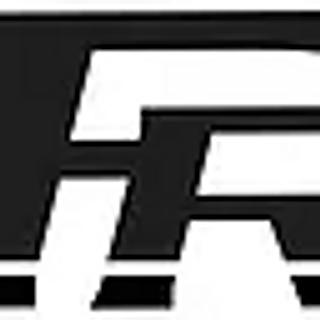The Importance of In-Season Training
- Scott Swanson
- May 9, 2023
- 3 min read
Athlete A: “Coach, my arm has been killing me!”
Athlete B: “Coach, my velocity is down!”
Me: “I haven’t seen you all since your season started, have you continued with your arm care routine and throwing correctives?”
Athlete A + B: “No”
Me: “Have you continued to follow your strength and conditioning program?”
Athlete A + B: “No”
Me: “Why do you all think your arm hurts and your velocity is down?”
Athlete A + B: ………..(Crickets)
…………………………………………………

The importance of in-season training is well documented. At FullReps, I have seen far too many of our athletes attack their off-season plans like SAVAGES, but fail to reap the full benefits of their hard work as a result of in-season detraining.
Detraining can be defined as a reduction in performance and loss of accumulated physiological adaptations following the cessation of training or a substantial reduction in volume, intensity, or a combination of both.
For many of our athletes, this occurs when their games start and they stop hitting the gym completely. Another common scenario we have seen are athletes who were working out 3-4 days a week in the off-season, reduce their training frequency to once a week or even once every two weeks.
This same conundrum can occur with your throwing and arm care. Too often do we see athletes preparing for their season throwing bullpens twice a week, only to stop throwing bullpens once games begin. This is extremely common for developing athletes who may not currently be the best pitchers on their teams.
We consistently see a developing athlete who made great progress in an off-season not get his name called to pitch in games and then fail to continue to throw bullpens. HOW CAN YOU BE A BETTER PITCHER IF YOU DO NOT PITCH?
Following the removal of training stimulus there seems to be a bit of a lag time before detraining truly occurs. Strength training generally is maintained for about 4 weeks following cessation but in highly trained athletes eccentric force and sport-specific power may decline significantly faster.
Strength reductions initially seem to be more related to neural or coordinative digression, with atrophy (thinning of muscle tissue) predominating as the detraining period continues.
There are a variety of reasons that an athlete may not be able to complete their training that are completely valid.
Your coach may not allow you to throw your plyos, do your arm care routine before practice, or throw bullpens but could you show up early or sacrifice some other time to get your work in?
You may not have the equipment that you need to fully complete your lift, but have you contacted your trainer to ask him for an adjusted plan based on the equipment you have?
You may be tired, but what will you do when you get to college and have to lift with your team at 5 am followed by a full day of class, practice, and homework?
THERE WILL ALWAYS BE A REASON TO NOT GET YOUR WORK IN!
While these reasons are valid, there are still ways to adjust and adapt to ensure that we not only maintain the adaptations we created in the off-season but continue to make gains once the season starts!
Athletes with minimal training experience, like most of our high school trainees, will generally adapt quicker than those who have trained for a longer period of time. Novice trainees possess the ability to recover more quickly. For this reason, “maintenance” work doesn’t need to be the entire focus of in-season training.
There is a huge advantage in the long run for the athlete who continues to make gains in-season. Not only will performance potential improve as the season progresses, but they will also find themselves starting their off-season training in FAR better shape than the athlete detrained in their season.
The athlete who stops training in-season and returns for his off-season will spend most of their valuable training time attempting to regain adaptations from the previous year prior to any hope at reaching a higher level of performance.
While the athlete who continues to make gains in-season does not need to re-adapt, but can push their performance potential to even greater heights!
“BUT COACH IF I TRAIN IN SEASON WON’T I BE SORE AND UNABLE TO PERFORM MY BEST?”
If the athlete follows their off-season program, they will have established a solid base of volume, tolerance, and strength to carry them through their in-season training. We must not be excessively worried about soreness or fatigue as long as we do not force an increase in volume or variety of new exercises.
“If you don’t sacrifice for what you want, what you want becomes the sacrifice.”
-Anonymous





























Comments